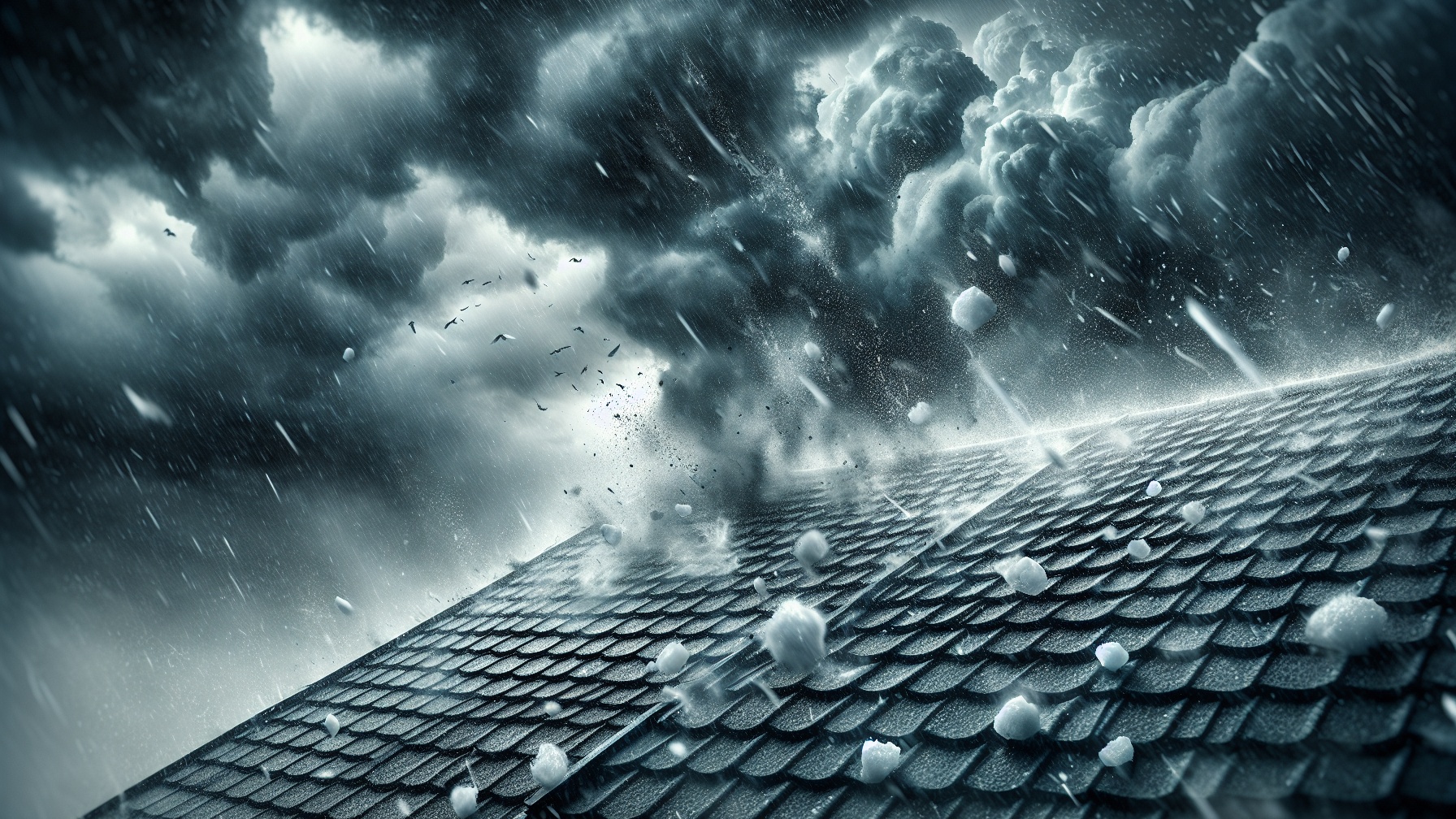In Cannon Falls Space Faculties v. Hanover American Insurance coverage Firm (2025 WL 2976533 (D. Minn. 2025)), the USA District Courtroom for the District of Minnesota held {that a} property insurer correctly denied protection pursuant to a beauty injury exclusion as a result of hail indentations to roofs affected solely their look, not their capacity to operate as boundaries in opposition to the weather. The Courtroom emphasised the roofs’ efficiency instantly following the loss fairly than any speculative future vulnerabilities.
Factual Background
The insured submitted a declare to its property insurer arising out of harm to 2 of its buildings brought on by hail and excessive winds. Each buildings had steel roofs. It was undisputed that the hailstorm didn’t puncture the roofs or disengage the seams. Furthermore, following the storm, the roofs by no means leaked.
Following its investigation, the insurer partially denied the declare primarily based on the topic coverage’s Beauty Harm Exclusion that positioned limitations on protection for roof surfaces:
The next applies with respect to loss or injury by wind and/or hail to a constructing or construction [to which the policy applies]:
[The insurer] won’t pay for beauty injury to roof surfacing brought on by wind and/or hail. For the aim of this endorsement, beauty injury implies that the wind and/or hail brought on marring, pitting or different superficial injury that altered the looks of the roof surfacing, however such injury doesn’t stop the roof from persevering with to operate as a barrier to entrance of the weather to the identical extent because it did earlier than the beauty injury occurred.
Because the events disputed protection underneath the coverage, the insured commenced a lawsuit.
Evaluation
The Courtroom evaluated what it meant for the roofs to proceed to operate as boundaries to the weather to the identical extent they did earlier than the hailstorm. The insured argued the exclusion didn’t apply as a result of the roofs had been weaker and extra vulnerable to failure within the occasion of a future storm. Alternatively, the insurer maintained that so long as the roofs continued to carry out their operate within the current (i.e., they weren’t leaking and remained structurally intact), the injury was beauty and excluded from protection.
The Courtroom agreed with the insurer and decided that the Beauty Harm Exclusion unambiguously referred to the present capacity to maintain out the weather, and never potential vulnerabilities that would manifest as a consequence of future climate occasions. There was no dispute that, following the storms, the roofs didn’t leak or permit parts inside. Thus, the roofs continued to operate as required by the coverage language. The Courtroom made clear that “marring,” “pitting,” and “different superficial injury” had been inherently surface-level and didn’t have an effect on operate.
Conclusion
Evaluating hail-related injury underneath property insurance coverage insurance policies may be difficult, because it typically entails distinguishing between beauty and purposeful impairments. Nevertheless, Cannon Falls reinforces the notion that potential future vulnerabilities, with out an influence on efficiency, are sometimes past the scope of protection.
About The Writer

